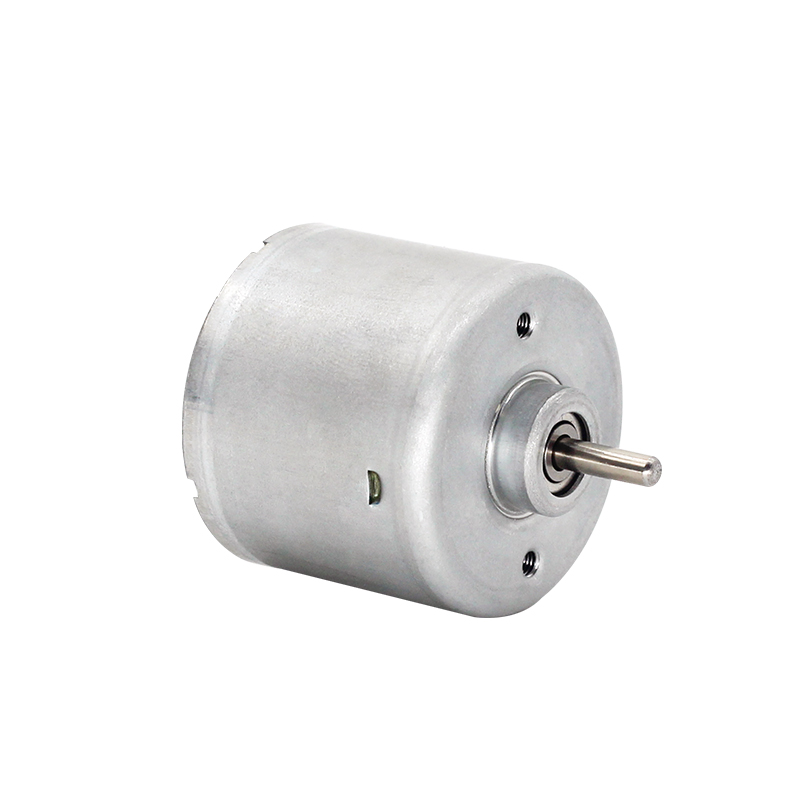Unveiling Efficiency: 36mm Brushless DC Motor vs. Traditional Brushed Motors
2024-04-15
In the realm of electric motors, efficiency reigns supreme. As technology evolves, engineers continually seek ways to optimize performance while minimizing energy consumption. In this blog, we delve into the efficiency of the 36mm Brushless DC Motor and compare it to its traditional counterpart, the brushed motor, uncovering the advantages of brushless technology in the quest for greater efficiency.
Understanding Brushless vs. Brushed Motors
Before diving into the comparison, let's briefly outline the differences between brushless and brushed motors. Brushed motors utilize carbon brushes and a commutator to transfer electrical power to the rotor, resulting in mechanical motion. While effective, this design has inherent drawbacks, including friction, wear, and limited lifespan.
In contrast, brushless motors eliminate the need for brushes and commutators, relying on electronic control systems to precisely regulate current flow. This brushless design offers several advantages, including reduced maintenance, higher efficiency, and improved performance.
Efficiency: A Key Metric
Efficiency is a critical metric in motor performance, representing the ratio of output power to input power. In simple terms, it measures how effectively a motor converts electrical energy into mechanical work. A more efficient motor requires less energy to accomplish the same task, resulting in cost savings and reduced environmental impact.
Advantages of Brushless Technology
Now, let's explore how the efficiency of the 36mm Brushless DC Motor compares to traditional brushed motors:
1. Reduced Friction: Brushless motors operate with minimal friction, as they lack physical brushes rubbing against the commutator. This reduction in friction translates to higher efficiency, as less energy is lost to heat and mechanical resistance.
2. Improved Control: Brushless motors offer precise control over speed, torque, and position, thanks to advanced electronic control systems. This precision allows for optimized performance across a wide range of operating conditions, further enhancing efficiency.
3. Higher Power Density: Brushless motors typically exhibit higher power density compared to brushed motors, meaning they can deliver more power relative to their size and weight. This increased power density contributes to greater overall efficiency, especially in applications where space is limited.
4. Lower Maintenance Requirements: Without brushes to wear out, brushless motors require minimal maintenance over their lifespan. This reduction in maintenance downtime and associated costs adds to the overall efficiency of brushless technology.
Conclusion: Embracing Efficiency with Brushless Motors
In conclusion, the 36mm Brushless DC Motor represents a significant leap forward in motor efficiency compared to traditional brushed motors. With its brushless design, reduced friction, precise control, and lower maintenance requirements, it offers numerous advantages in terms of energy efficiency and performance. As industries continue to prioritize sustainability and resource optimization, brushless technology is poised to play a central role in driving progress towards a more efficient and environmentally friendly future.



